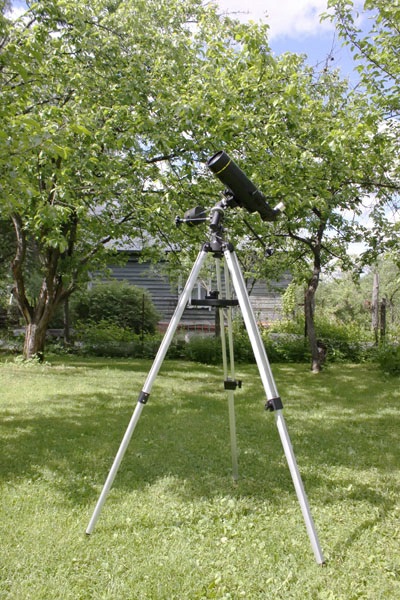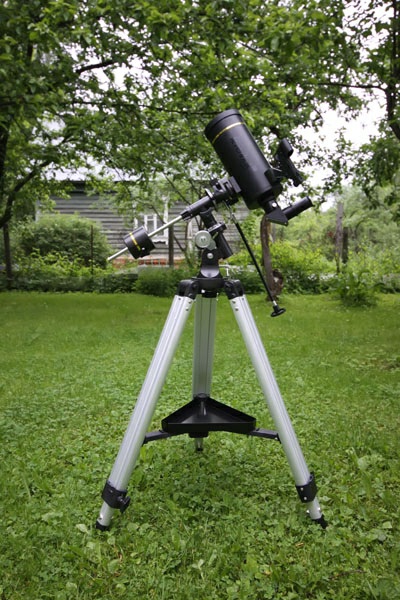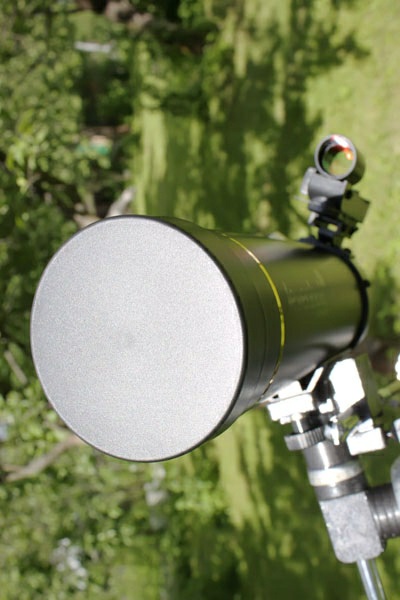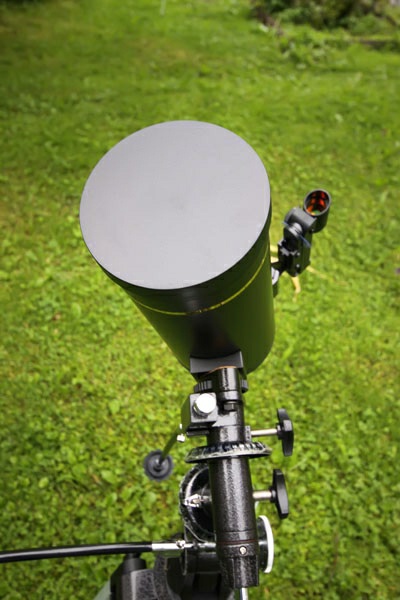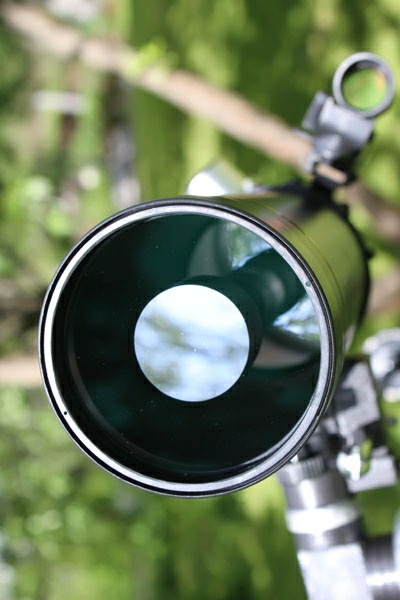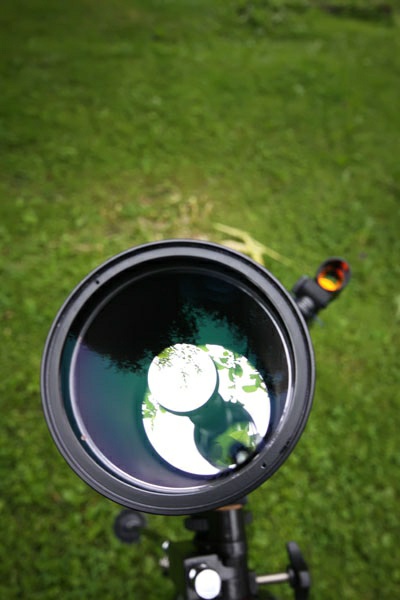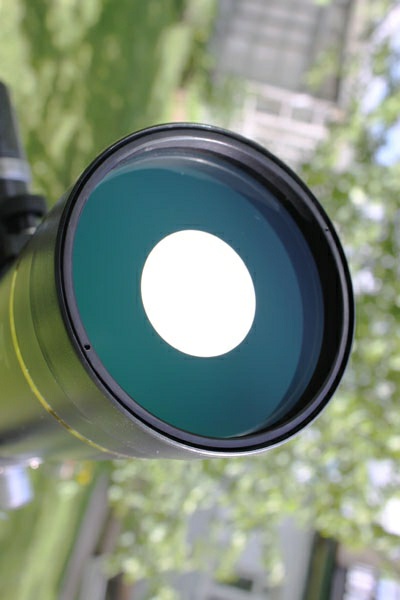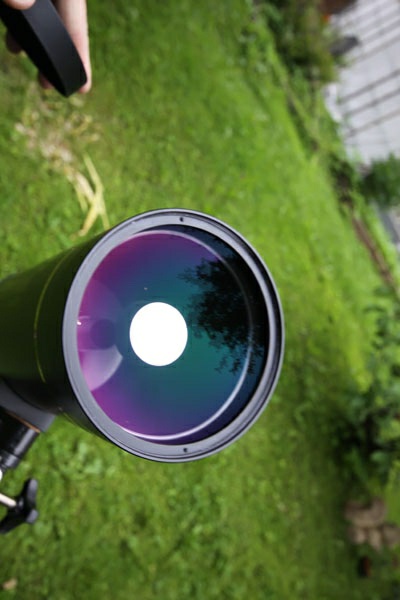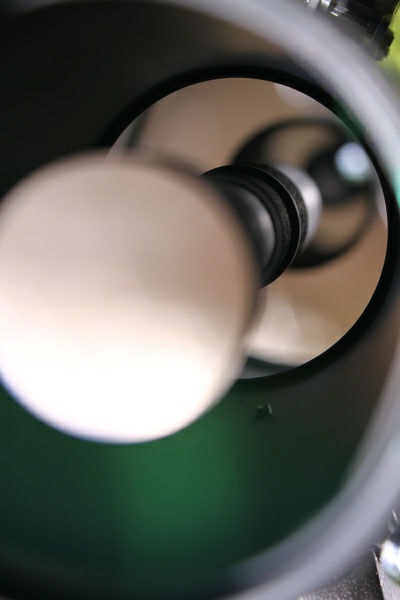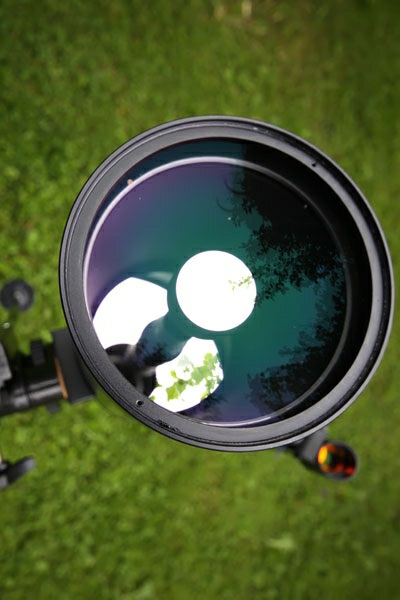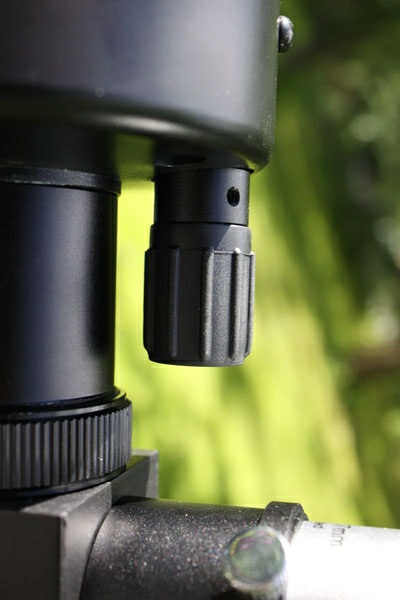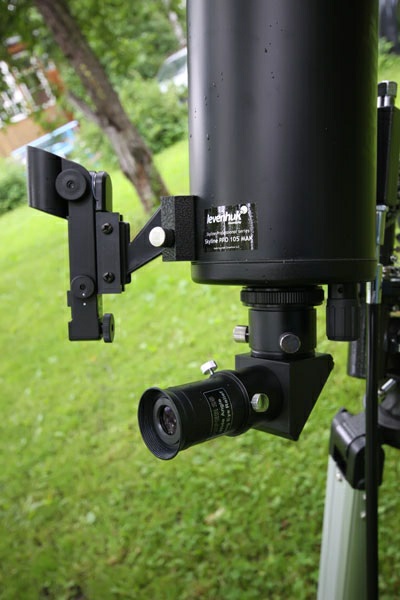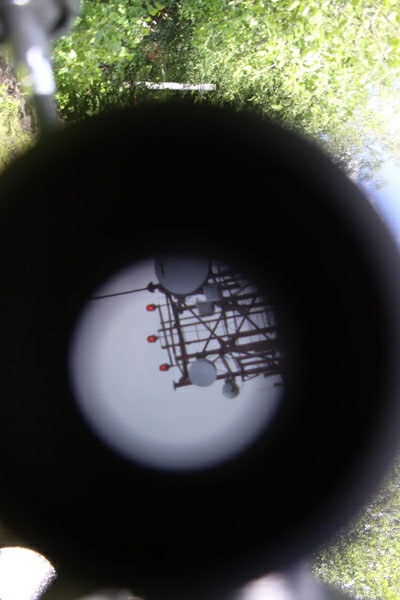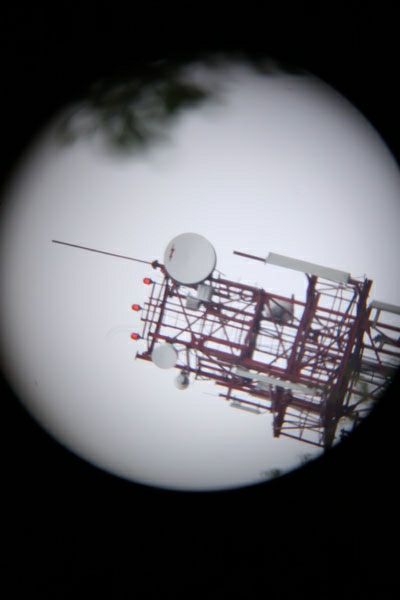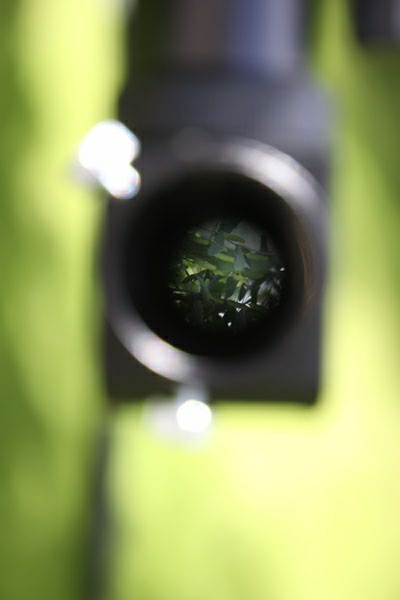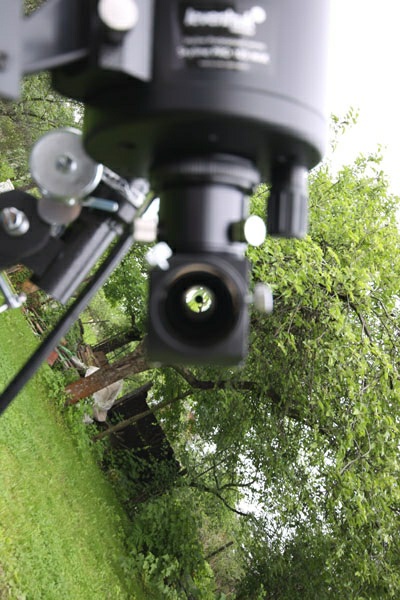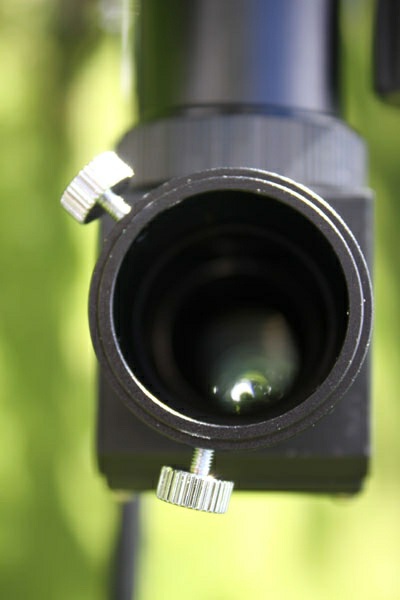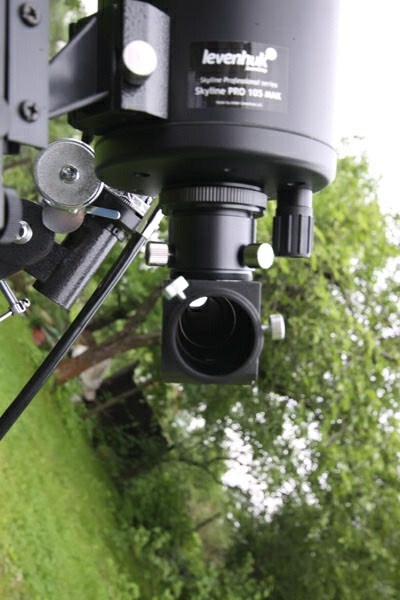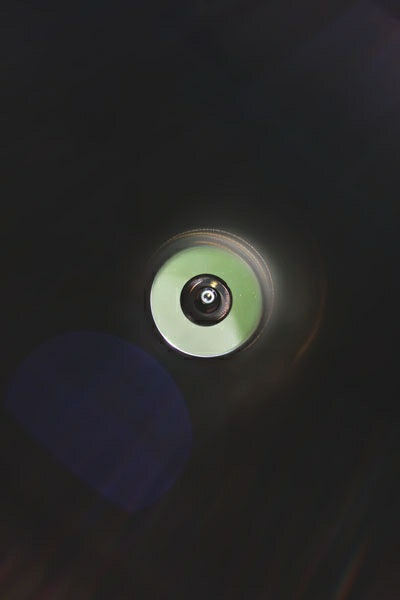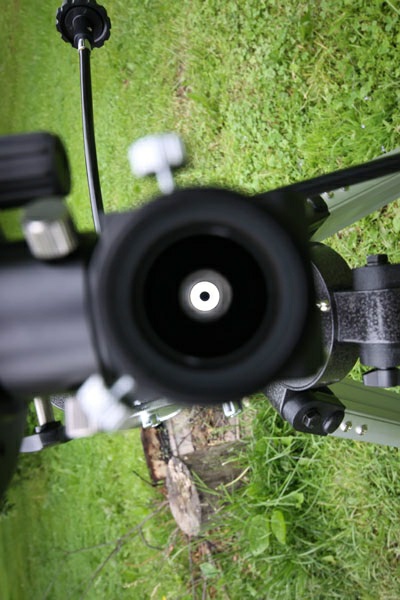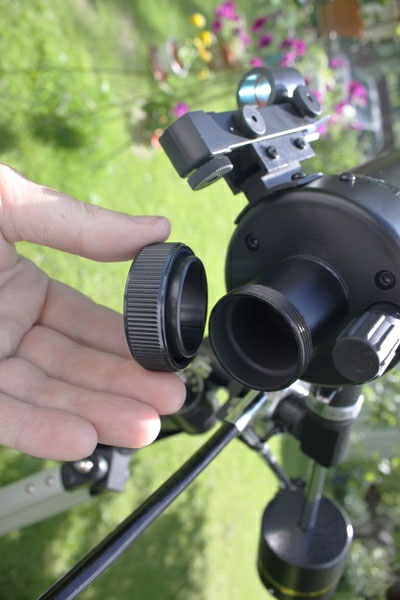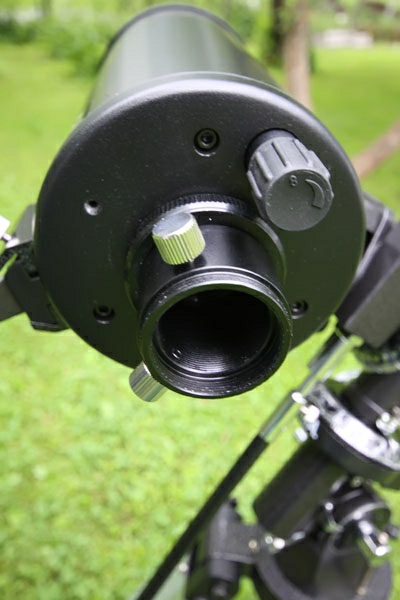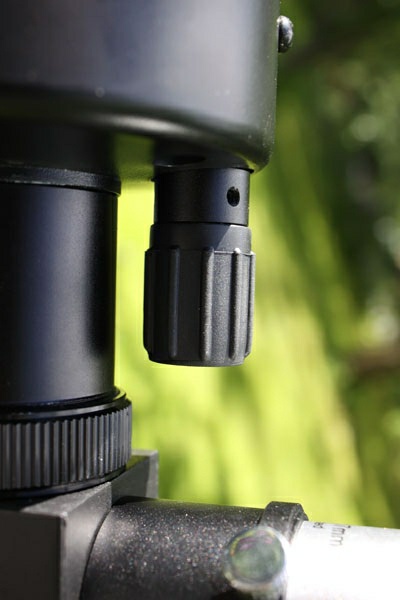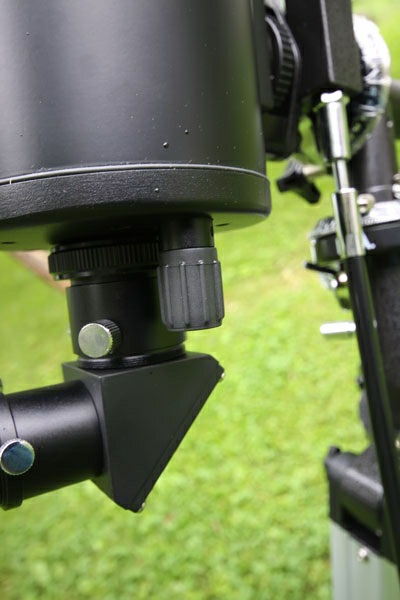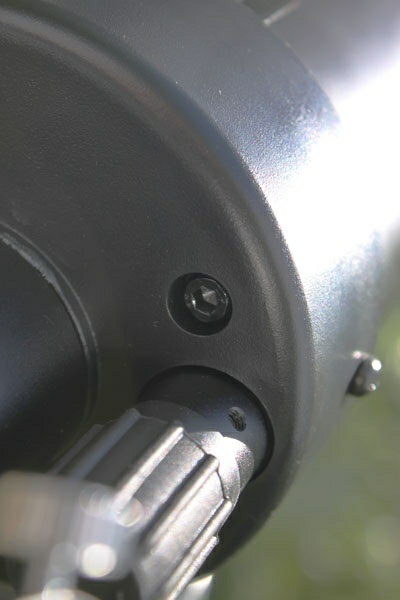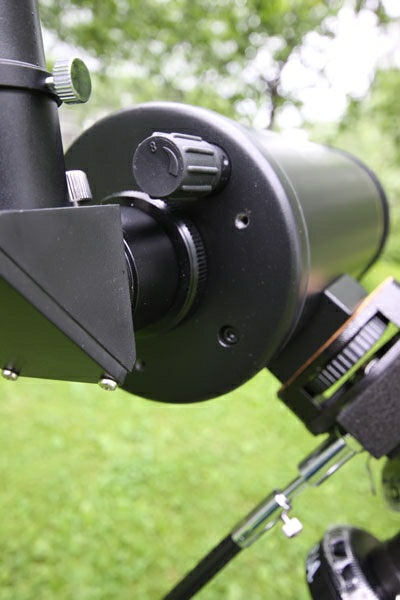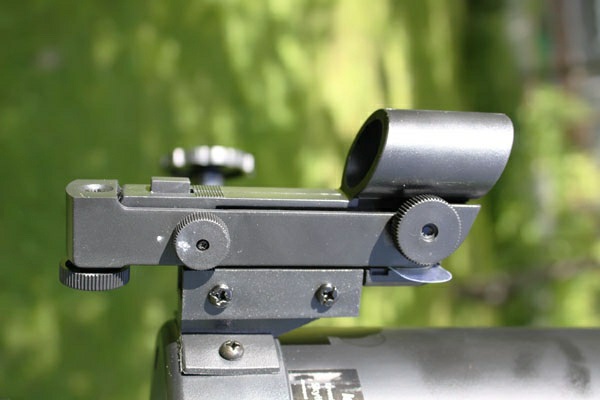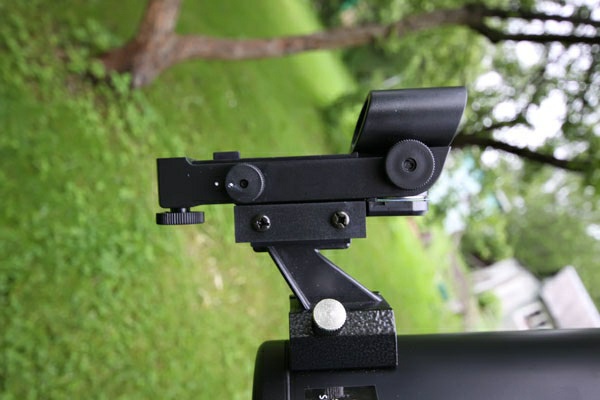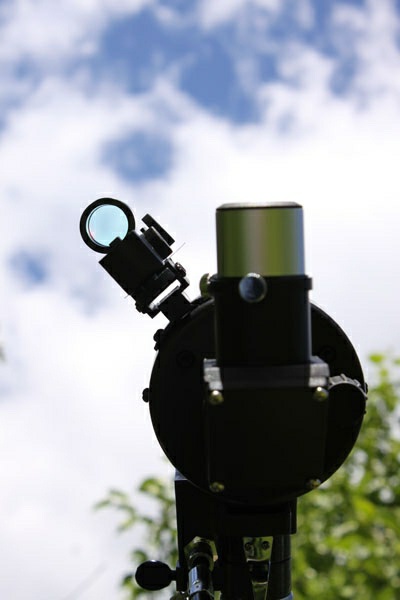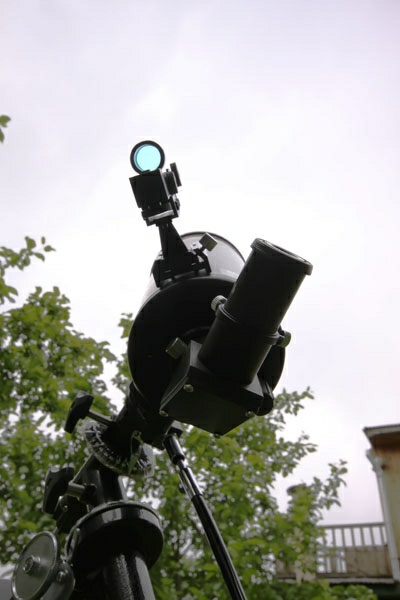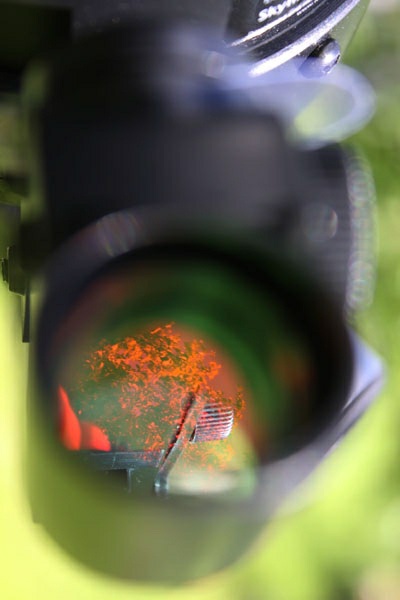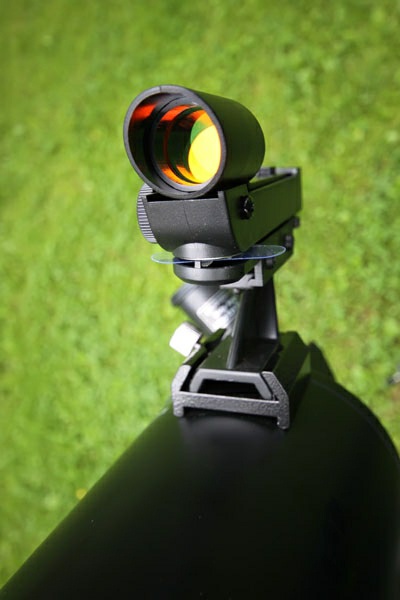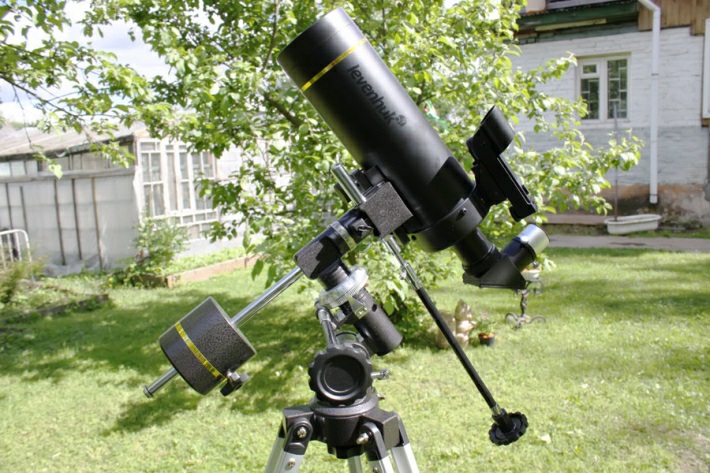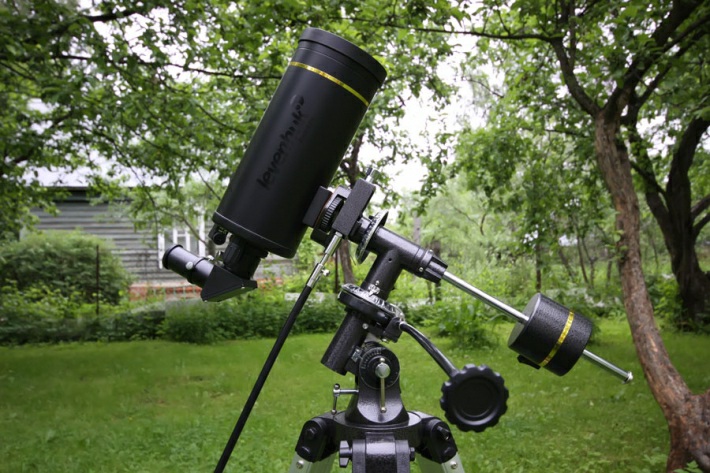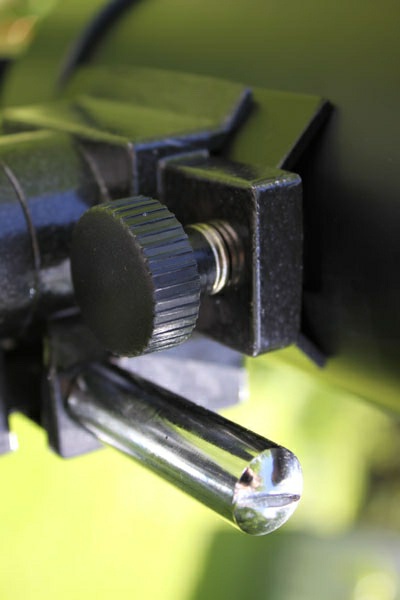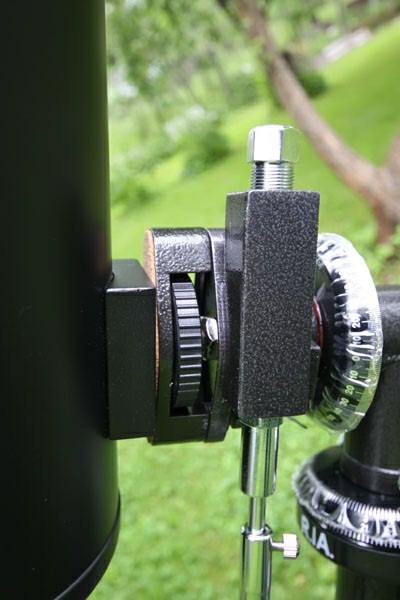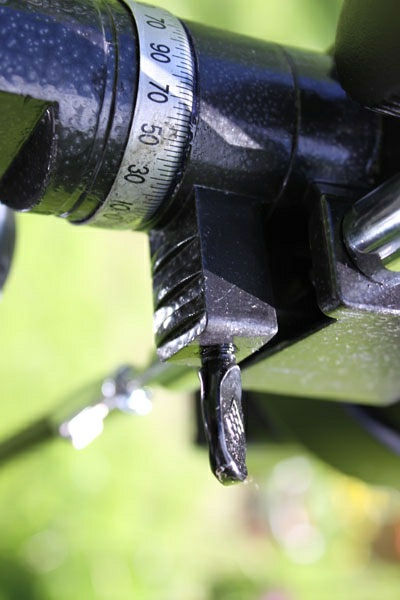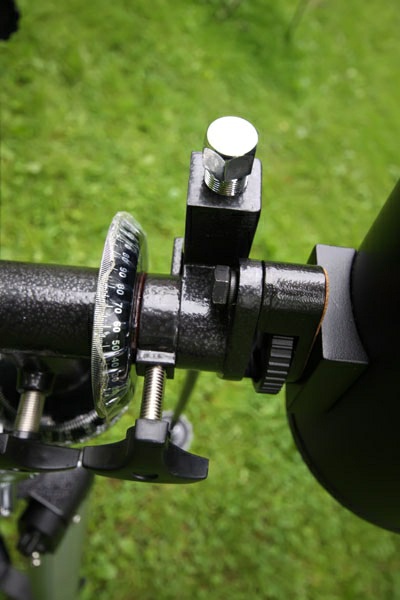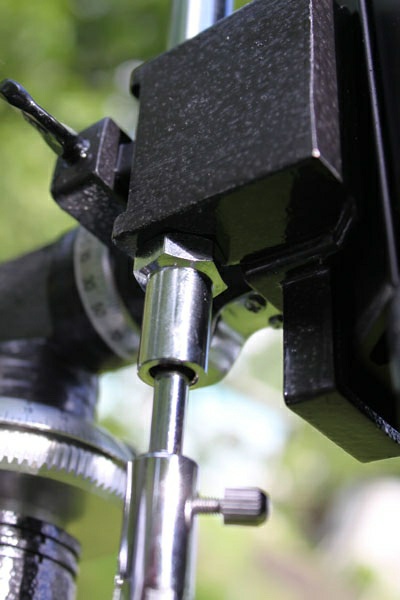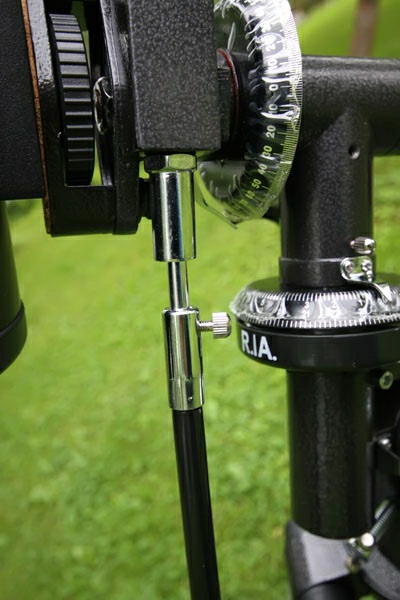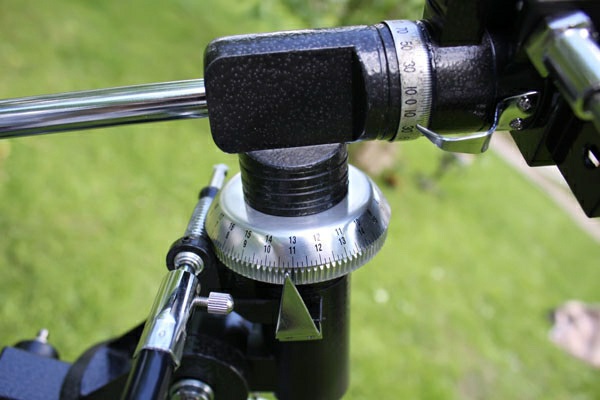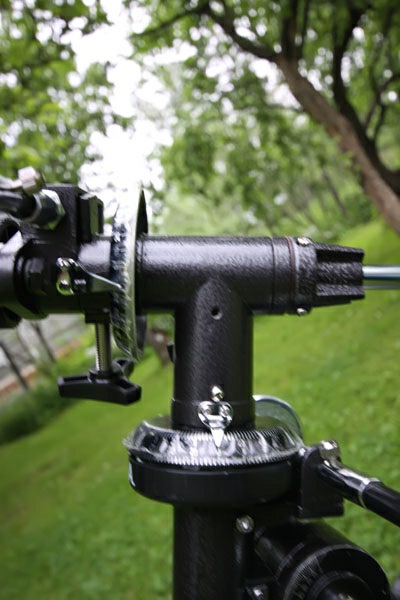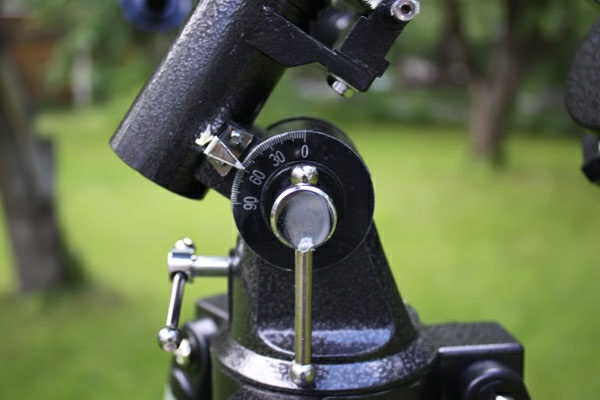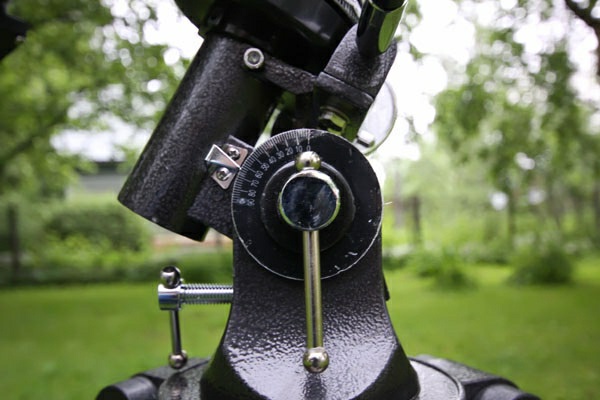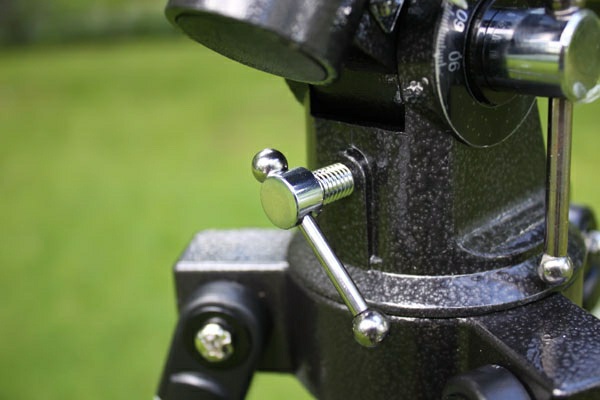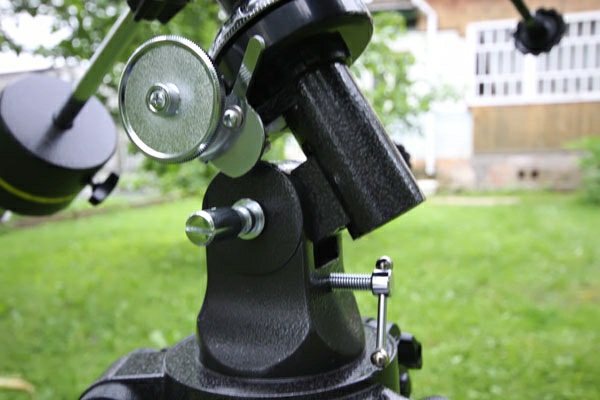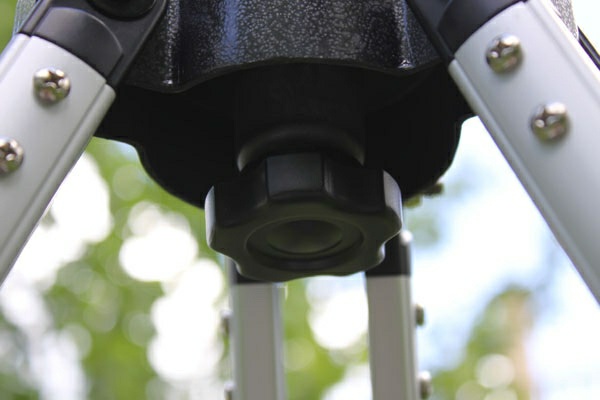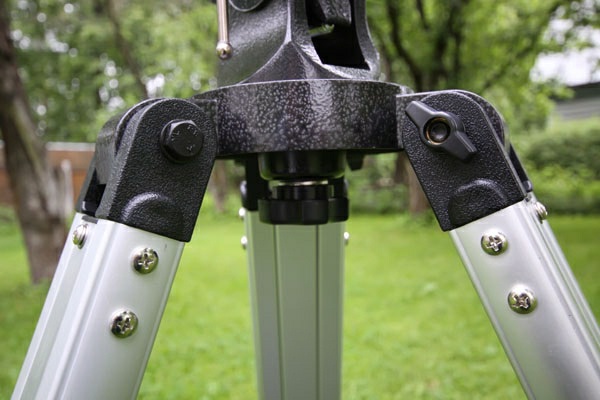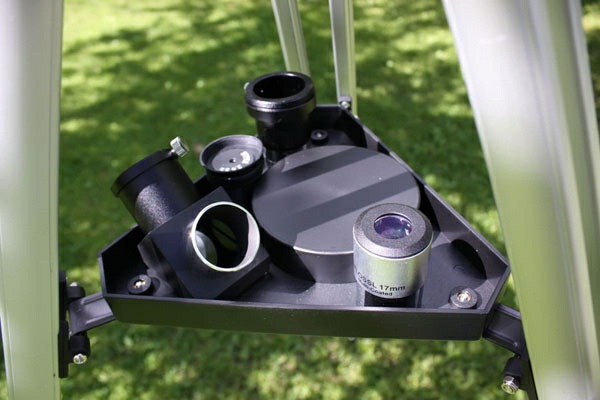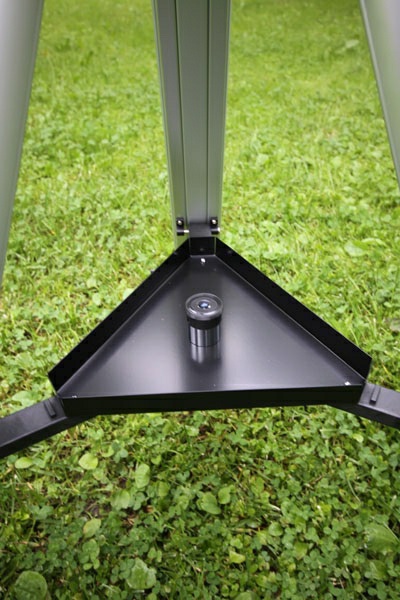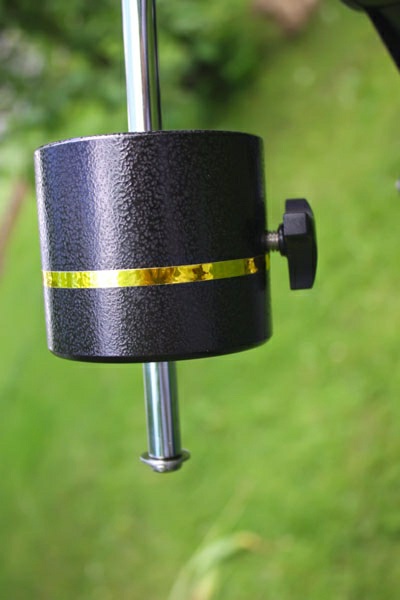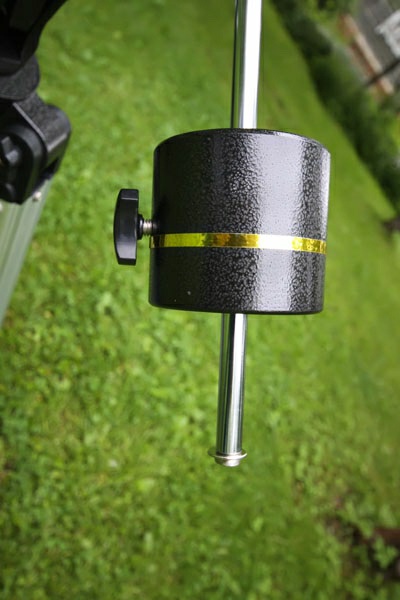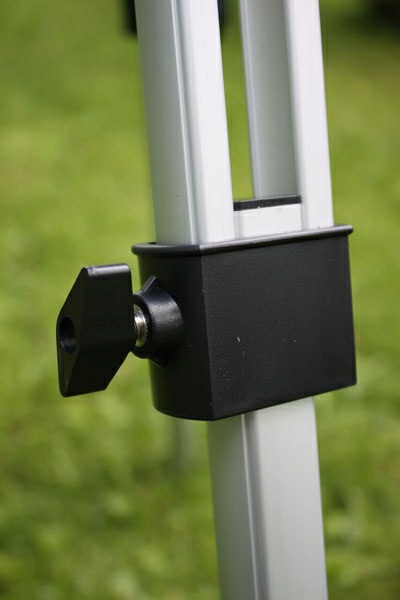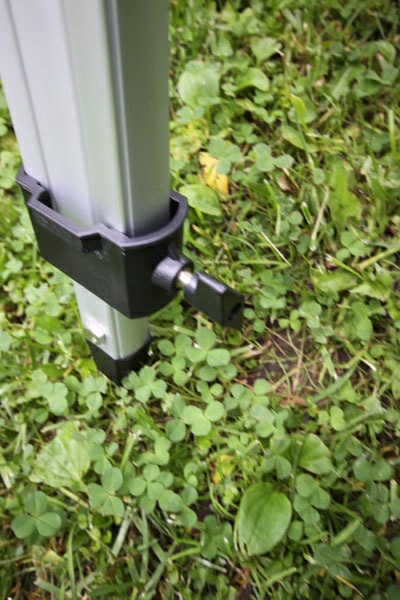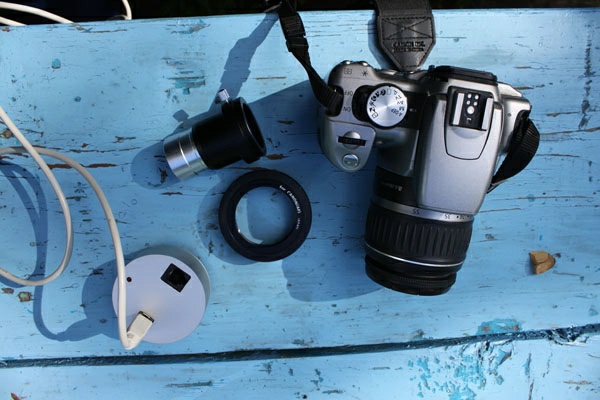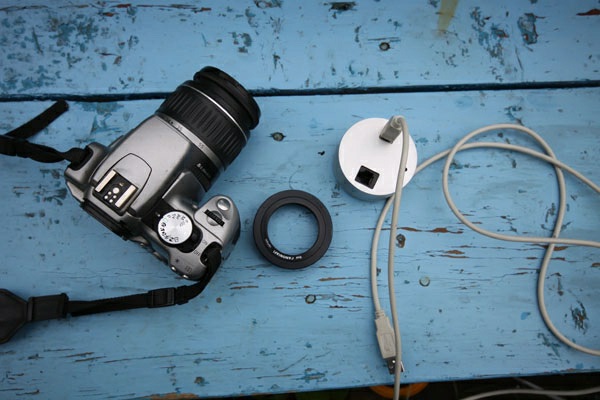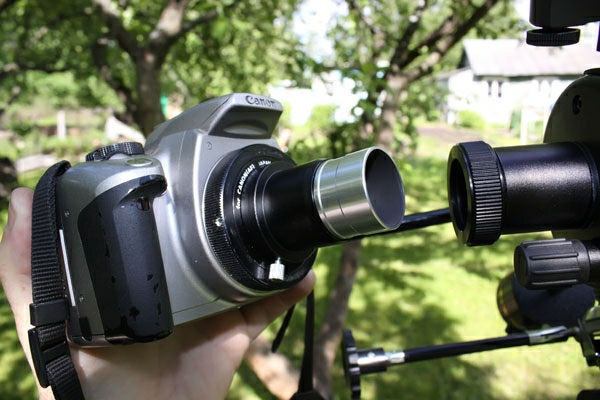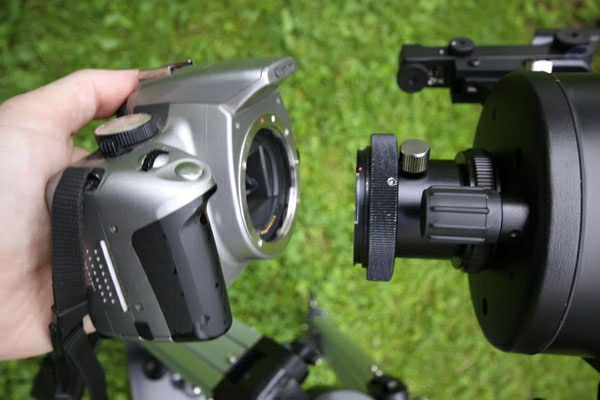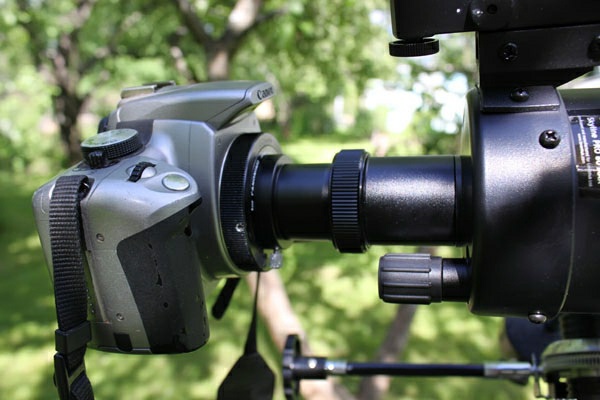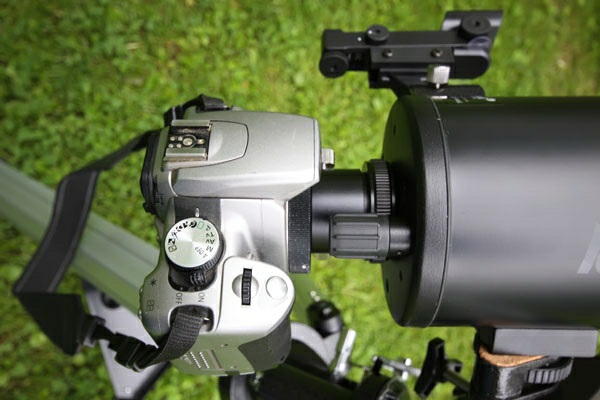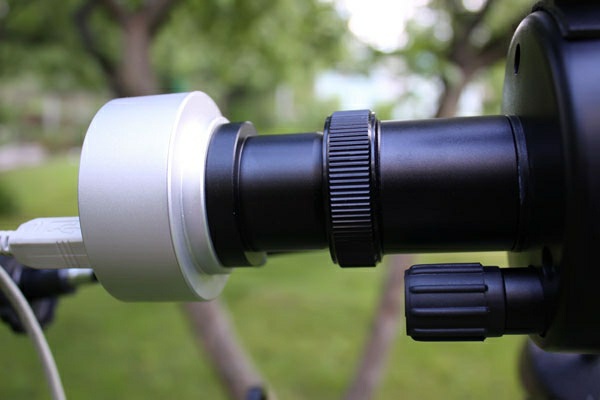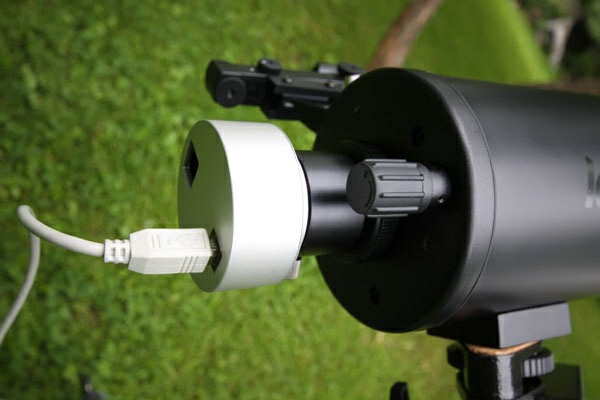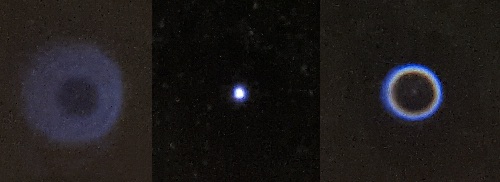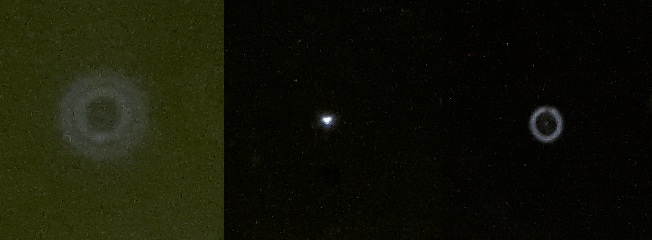Comparative review of Levenhuk Skyline PRO telescopes: 80 MAK and 105 MAK
In this review, we will be comparing two catadioptric telescopes from the Levenhuk Skyline PRO line: 80 MAK and 105 MAK. The impartial analysis will show us all their advantages and distinctive features. What astronomical objects can be seen through these instruments? Are they compact enough? What gives you a 25-millimeter difference in aperture between these models? Let’s find out!
Levenhuk Skyline PRO 80 MAK and Levenhuk Skyline PRO 105 MAK are catadioptric telescopes of Maksutov-Cassegrain optical design combining extraordinary compact dimensions, light weight, and excellent optical characteristics. These telescopes can be used for visual observations of celestial bodies, as well as to photograph bright objects such as the Moon and planets. Because of the front lens (meniscus), the optical tubes of these telescope models are completely sealed. There’s no dust or turbulent air flow inside; therefore, images are always stable and contrast. Maksutov-Cassegrain telescopes provide excellent image quality across the entire field of view. Whether you observe the Moon or other celestial objects, you will be very impressed. The senior model of the series, Levenhuk Skyline PRO 105 MAK, is a powerful instrument with 102-millimeter aperture. Junior models, thanks to their minimum weight and dimensions, easily fit into a standard camera backpack and can be used for both visual observations and astrophotography. The main difference between the two models is, of course, their technical characteristics–aperture and focal length to be exact. 102-mm aperture gathers 61% more light than an 80-mm one, and larger focal length (1300 against 1000) allows you to obtain higher magnification power, which is crucial for detailed, high-contrast planetary observations. The images below depict these telescope models. The first image shows Levenhuk Skyline PRO 80 MAK; the following one. Levenhuk Skyline PRO 105 MAK. The same order applies to all images in this article.
A front cap securely protects the optics from moisture and sun rays. The caps sit tight on both telescopes.
Even by the size of the coated spot on the back of the meniscus you can tell that screening is larger in the 80 MAK model. In numbers it looks like this: 42.5% (80 MAK) vs. 29% (105 MAK). Of course, observing details on the Moon or plantets won’t be as easy with such a telescope.
The lens surfaces of both telescopes have anti-reflective coating, which provides maximum light transmission. The reflective surfaces also have a protective layer, which increases their service life.
Both telescopes are equipped with baffles that block the stray light. You can clearly see how accurately and securely the primary mirror is installed and how perfectly the optics are centered.
Both telescopes have metal tubes; the primary mirror's and meniscus' rims work as reinforcement ribs. The diagonal mirror is attached by means of a threaded ring (80 MAK) or with a pair of screws (105 MAK). The latter option is far more convenient, as it provides a more rigid connection, which is especially important when doing astrophotography.
Besides astronomical observations, these telescopes can be applied for terrestrial viewing of various buildings, surrounding landscapes, birds, animals, and so on. The telescopes perform great during terrestrial observations - I didn’t notice any discomfort.
By slowly taking your eye away from the lens you can find the position where you can see the image clearly. This method is useful when you, for whatever reason, don’t use a finderscope. After that you can install an eyepiece.
Both telescopes have the same barrel diameter.
We can see a small black circle through the diagonal mirror – don’t worry; this is just a screening by the secondary mirror.
Note that eyepiece and camera adapter fixation is different: In the Levenhuk Skyline PRO 80 MAK telescope it's based on compression fitting, while Levenhuk Skyline PRO 105 MAK has two radial screws which work a little bit more effectively.
The focuser (which is located on the rim) is a smooth-running handle. By rotating it, you move the primary mirror along the optical axis. That’s how you focus the image. Both telescopes seem to have a little backlash when you change the direction of rotation.
The Levenhuk Skyline PRO 80 MAK model has three adjustment screws attached at an angle of 120 degrees. The Levenhuk Skyline PRO 105 MAK telescope has three pairs of such screws, and each pair also has a locking screw to fix the alignment position.
The finderscope mounting mechanism also has a small difference: Levenhuk Skyline PRO 105 MAK has a simpler fastening mechanism – you won’t even need a screwdriver.
You won’t have any trouble aligning the finderscope and the telescope tube.
Both telescopes are equipped with a Red Dot finderscope with a multi-layer coating.
Both telescope models have equatorial mounts: Levenhuk Skyline PRO 80 MAK comes with EQ1 mount; Levenhuk Skyline PRO 105 MAK – with EQ2 (able to support heavier telescopes).
The Levenhuk Skyline PRO 105 MAK telescope has a more convenient tube-to-mount attachment mechanism.
Levenhuk Skyline PRO 105 MAK also has larger axis locking knobs made of plastic; they are significantly more comfortable to work with compared to 80 MAK’s ones.
Slow-motion controls of both telescopes are quite similar; those from the MAK 105 model are a little longer.
Both mounts have coordinate setting circles and pointers for quick and easy navigation.
Both instruments have reliable polar alignment nodes. The latitude adjustment bolts have a reverse movement for more convenience.
Levenhuk Skyline PRO 105 MAK model has an additional gear wheel to connect a motor drive (can be bought separately).
The mount-to-tripod attachment mechanism is the same.
The tripods are the same too. The accessory tray fixes the position of the tripod legs and makes the construction more stable. Levenhuk Skyline PRO 80 MAK has a plastic accessory tray. The Levenhuk Skyline PRO 105 MAK has a tray made of metal.
The weight of counterweights and the rods’ length are the same for both telescope models.
The tripods have adjustable height; the length of the legs is exactly the same.
The Levenhuk Skyline PRO 80 MAK accessory set includes a special camera adapter, while the Levenhuk Skyline PRO 105 MAK telescope comes with pre-installed camera adapter.
The images below show the sequence of the camera installation process for Levenhuk Skyline PRO 80 MAK and Levenhuk Skyline PRO 105 MAK telescopes.
Camera is installed.
Attaching a special astrophotography camera.
| Model | |||
|---|---|---|---|
| Type |
Maksutov-Cassegrain |
Maksutov-Cassegrain |
|
| Objective lens diameter, mm |
80 |
102 |
|
| Focal length, mm |
1000 |
1300 |
|
| Focal ratio |
f/12.5 |
f/12.8 |
|
| Highest practical power, x |
160 |
200 |
|
| Limiting stellar magnitude |
12 |
12 |
|
| Resolution threshold, arcseconds |
1.73 |
1.3 |
|
| Eyepiece barrel diameter |
1.25'' |
1.25'' |
|
| Eyepieces |
Super 10 mm, Super WA LER 25 mm |
SUPER 10, SUPER 25 |
|
| Finderscope |
Red Dot |
Red Dot |
|
| Mount type |
German equatorial EQ1 |
German equatorial EQ2 |
|
| Tripod |
aluminum |
aluminum |
|
| Tripod height (adjustable), mm |
710-1230 |
700-1250 |
|
|
Optical tube dimensions (diameter and length), mm |
100x250 |
121x320 |
|
| Optical tube weight, kg |
1.37 |
1.94 |
Artificial star test
Below you can find images of the artificial star (central image), and its inside and outside focus shots (side images).
Levenhuk Skyline PRO 80 MAK Telescope:
Levenhuk Skyline PRO 105 MAK Telescope:
As you can see from the test, both telescopes show some effect of spherical aberrations, especially Levenhuk Skyline PRO 80 MAK. The Levenhuk Skyline PRO 105 MAK telescope showed slight astigmatism.
Summary
Levenhuk Skyline PRO telescopes are suitable for observing the Moon, planets, binary stars and star clusters, as well as terrestrial objects. In view of the above, we advise you to choose a larger aperture model, which is the Levenhuk Skyline PRO 105 MAK model. If you like birdwatching and prefer lightweight instruments, the Levenhuk Skyline PRO MAK 80 will be a perfect choice for you. Both telescopes are lightweight, compact, and user friendly – even young astronomers of school age can manage one of these telescopes. I would certainly recommend these models to all astronomy and nature lovers!
Any reproduction of the material for public publication in any information medium and in any format is prohibited. You can refer to this article with active link to eu.levenhuk.com.
The manufacturer reserves the right to make changes to the pricing, product range and specifications or discontinue products without prior notice.




 BG
BG  BY
BY  CY
CY  CZ
CZ  DE
DE  EE
EE  ES
ES  EU
EU  GR
GR  HU
HU  IS
IS  IT
IT  LT
LT  LV
LV  MY
MY  PL
PL  PT
PT  RO
RO  SK
SK  TR
TR  UA
UA 